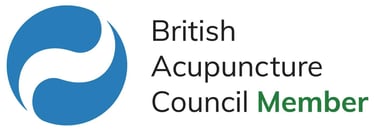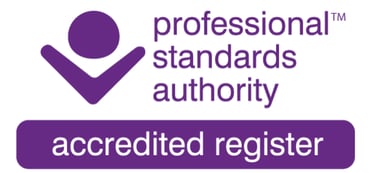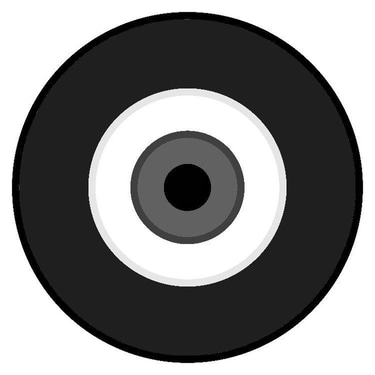Dry Needling Isn’t Acupuncture – Put the Needle Down, Brad
“My physio did acupuncture” – no, they didn’t. An explanation of the difference between "dry needling" and acupuncture. Trust me, they have nothing in common.
Marianne Morris
10/30/20252 min read


A lot of people are wary of having acupuncture because they believe it will be painful. I recently made the correlation with the fact that patients often tell me that they’ve had acupuncture before “with a physio”. I’m here to tell you that, technically, there is no such thing. When a physio sticks a needle in you it has zero things to do with ancient Chinese medicine and does not in any way constitute acupuncture.
“Dry needling”, which is what physiotherapists and other bodyworkers sometimes do (the name of which I find incredibly off-putting, by the way, why do they call it that?), involves sticking a needle into a muscle, hoping to find a “trigger point” that will release tension from it. This often involves deep needling which can be painful and feels quite intrusive and horrible. Also, unlike acupuncture, it does not require extensive training and does not involve traditional Chinese theory or diagnosis.
Personally I would not let anyone near me with a needle who has not completed years of study, specifically in needles. In acupuncture, each point has a specific depth that you must not go past. Most of these are no more than a cun (a thumb’s width), many of them less. Additionally, in acupuncture, the goal is to stimulate qi (energy), which means you are working on the body’s subtle layers – it’s not about using needles to force a physical process.
In classical Chinese medicine, acupuncture is not about mechanically altering tissues, but about influencing the movement and balance of qi – the dynamic, animating vital life force that organises physiological and emotional processes. The insertion of the acupuncturist’s needle is a means of contacting or communicating with this energetic network.
Even though acupuncture needles may pass through muscle layers or fascia, the intention is not to mechanically release or stimulate tissue directly, the way it is with dry needling, but to access and harmonise the flow of qi in the meridians (energy highways that run through the body). The tissue is secondary – it’s the energetic interface that matters. (There are cases where the needle warrants touching the bone, but that's for another post.)
In other words, dry needling operates within a biomechanical framework, aiming to disrupt or release local muscular tension through direct tissue intervention. In this way, it’s a reflection of the practitioner’s will, and follows the Western medical paradigm in which the “doctor” is purported to know all. Western medicine's incorrect understanding of power is one of the main reasons that I love and practice Eastern medicine. The healer knows that it is the patient’s body, not the doctor’s mind, which holds all of the wisdom, and that it is the practitioner’s job to create the conditions for it to heal itself.
During my Oriental Medicine studies at AIMC Berkeley, it was common for our teachers to roll their eyes whenever “dry needling” was mentioned. There’s a reason why acupuncturists undergo years of ongoing training, and that’s to be able to wield a needle with intention, sensitivity, and precision, rather than brute force. Acupuncturists adhere to rigorous regulatory and practice standards and have years of research to back up what they do – the same cannot be said for dry needling.
So if you’re considering trying acupuncture but have been put off by experiences with a physio or other unqualified, needle-wielding maniac, please be reassured. Except for the needle, the two practices have nothing in common.
Marianne Morris, PhD, MBAcC
Acupuncture and energy healing to support you on your wellness journey.
CONTACT
marianne@mailc.net
+447932977915
© 2025. All rights reserved.




